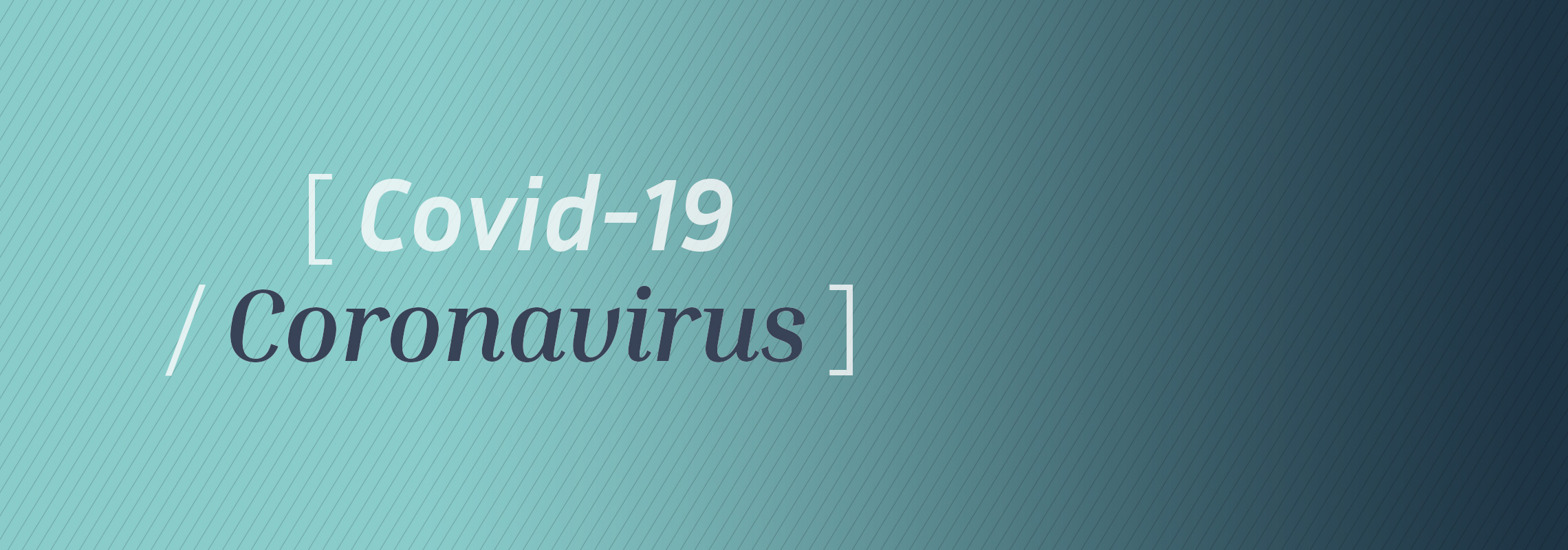The StopCovid project, a digital solution to contribute to the citizens' fight against the Covid19 epidemic
Date:
Changed on 18/07/2022

Under the supervision of the Ministry of Health and Solidarity and the Secretary of State for Digital Affairs, with the Ministry of Higher Education, Research and Innovation since 7 April 2020, Inria has been leading the development of the StopCovid application, to which a group of public and private players have contributed free of charge as part of the StopCovid project team, which includes ANSSI, Capgemini, Dassault Systèmes, INSERM, Lunabee, Orange, Santé Publique France and Withings, and which is completed by an ecosystem of contributors. This project contributes to the management of the Covid-19 health crisis and the epidemiological monitoring by health authorities.
Before any political decision is taken, the objective of the project is to make it possible to make available an application to inform users if they have been in contact with a person who has tested positive for Covid-19, and to propose the appropriate course of action, in accordance with the recommendations of the Ministry of Health and Solidarity. The application would be part of a citizen's fight against the spread of the virus since it is based on voluntary work.
The project is based on the implementation of a protocol, ROBERT, which gave rise to an opinion of the National Digital Council (made public on 24 April 2020) and a deliberation of the CNIL (made public on 26 April 2020).
Five foundations guide the developments:
The temporary nature of the project, whose lifespan will correspond, if deployed, to the duration of the management of the Covid-19 epidemic.
Consult the answers provided by the StopCovid project team and its partners on technical questions related to the development of the StopCovid application: FAQ on technical aspects of the StopCovid application.
In addition, we invite you to consult the general information page on the StopCovid application and the FAQ on the functionalities, health, development and public freedoms sections on the government site.
The objective is to be able to inform the user of the application that their smartphone has recently been in close proximity to a smartphone with the application and the user has since been diagnosed positive for Covid-19. This proximity is indeed likely, according to the state of medical knowledge, to result in a risk of transmission of the virus. The technology used is that of Bluetooth: there is therefore no geolocation.
To find all the information on how to use the application, please consult the StopCovid page published by the government.